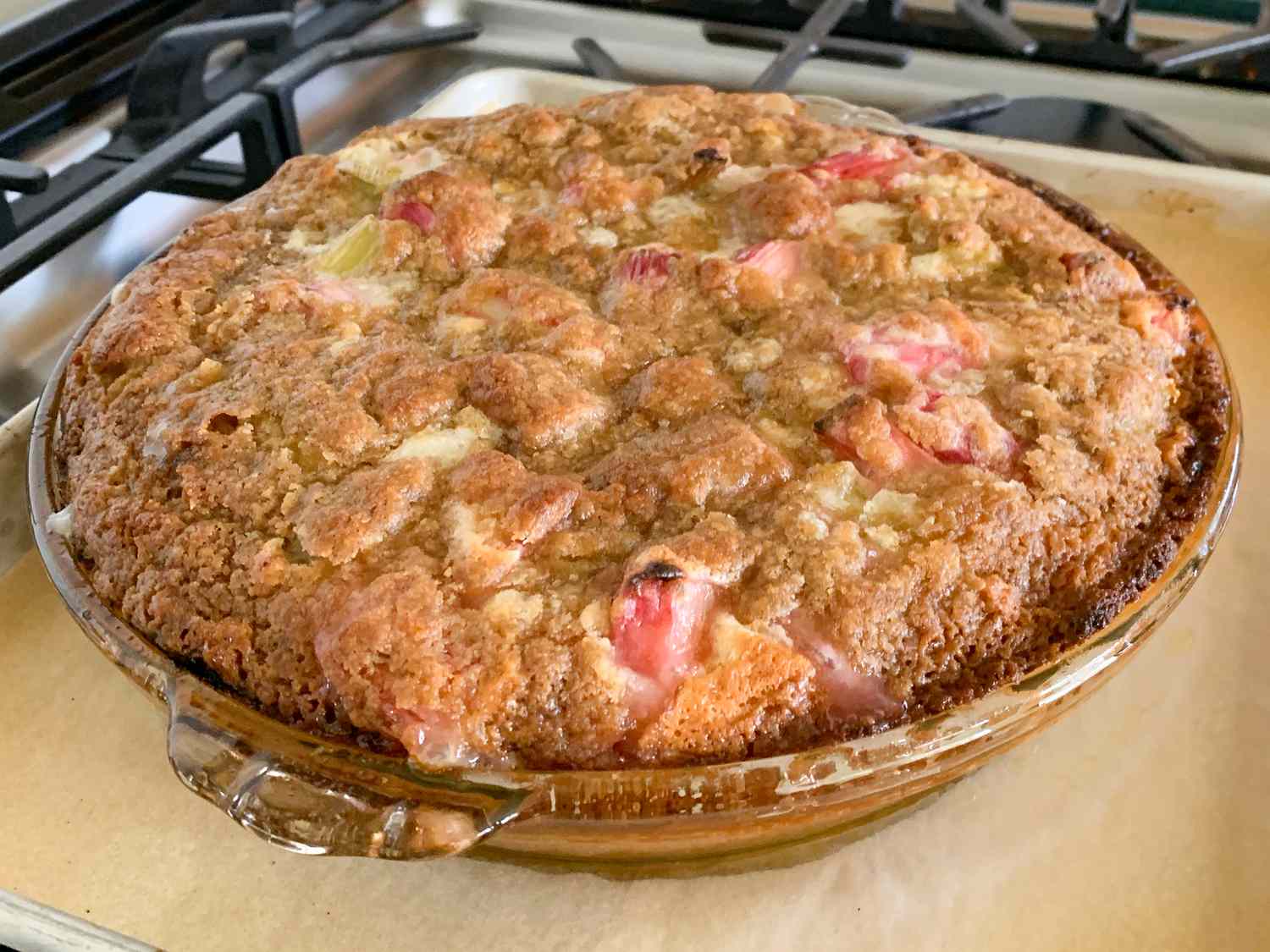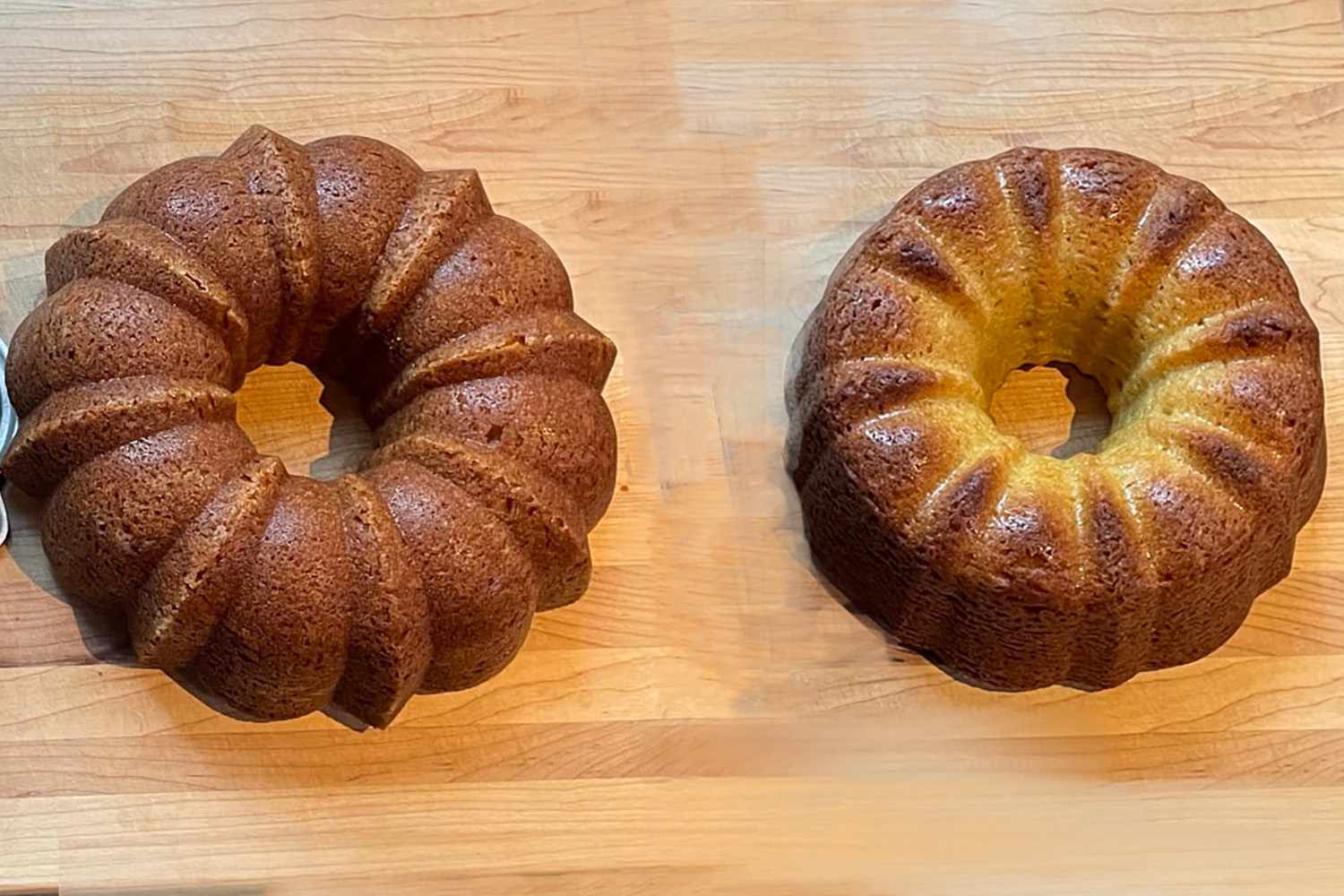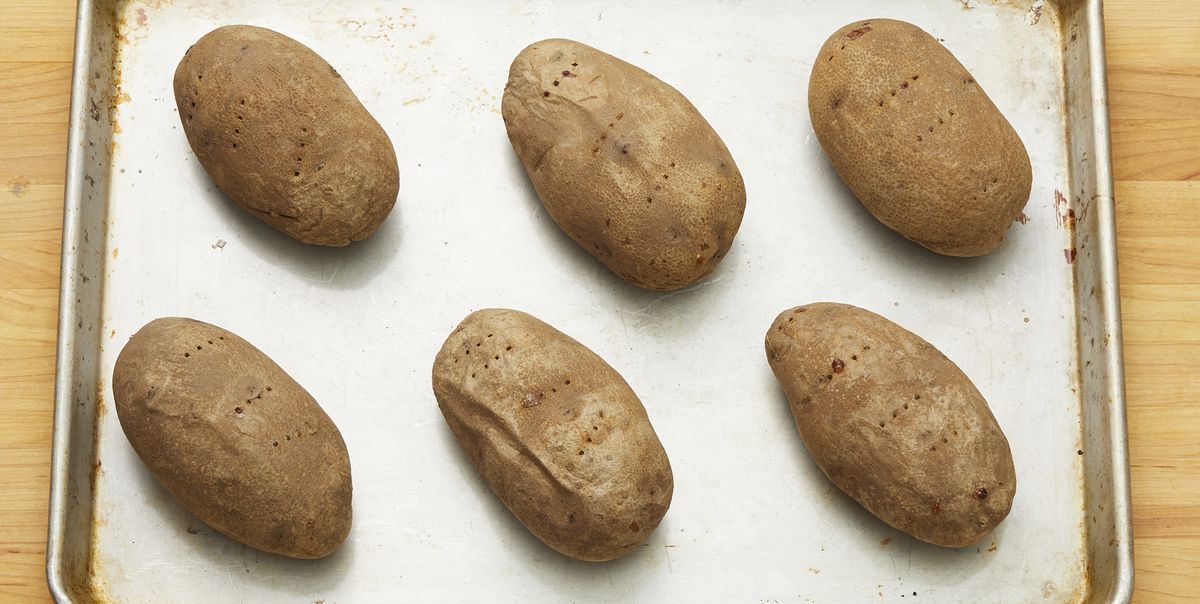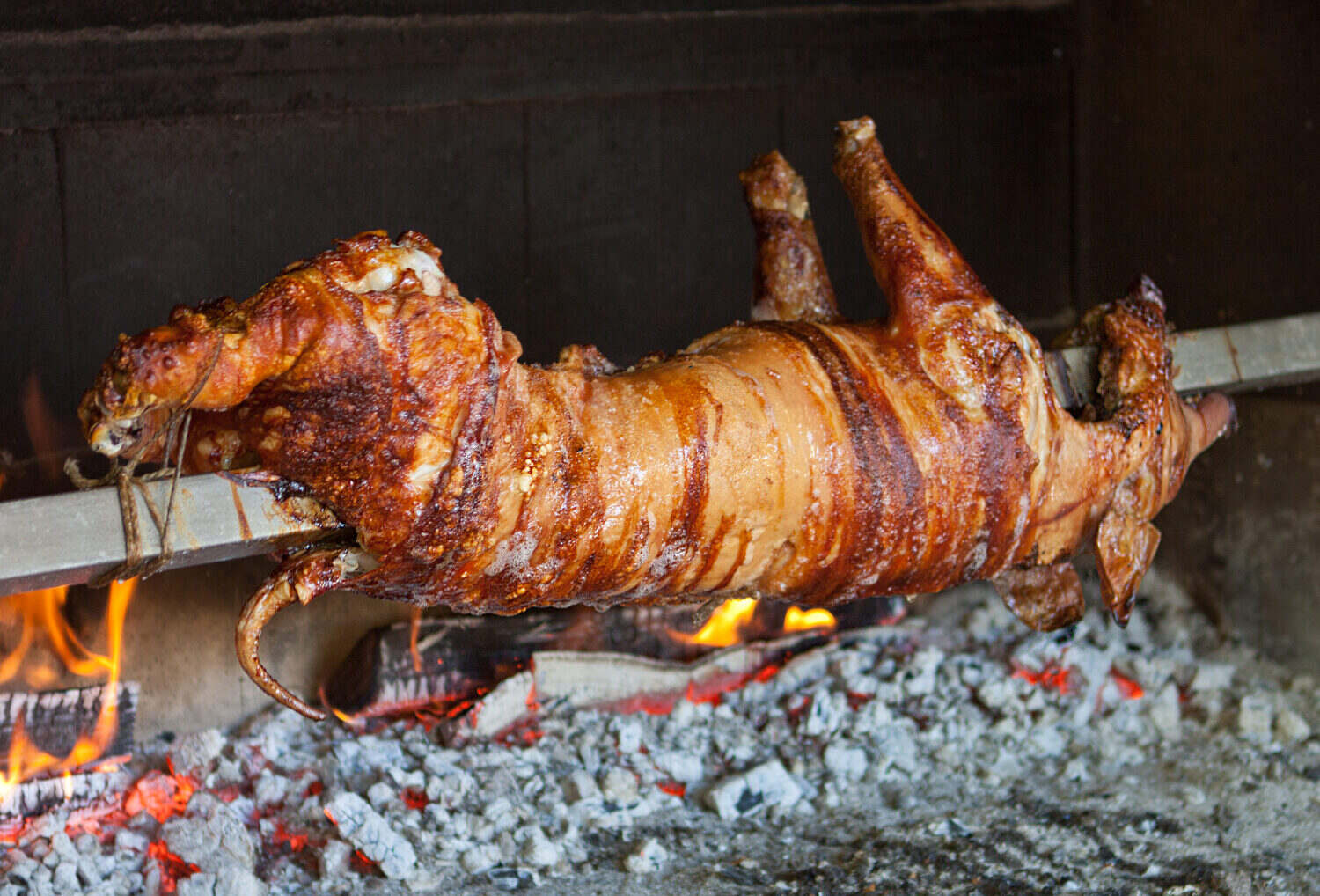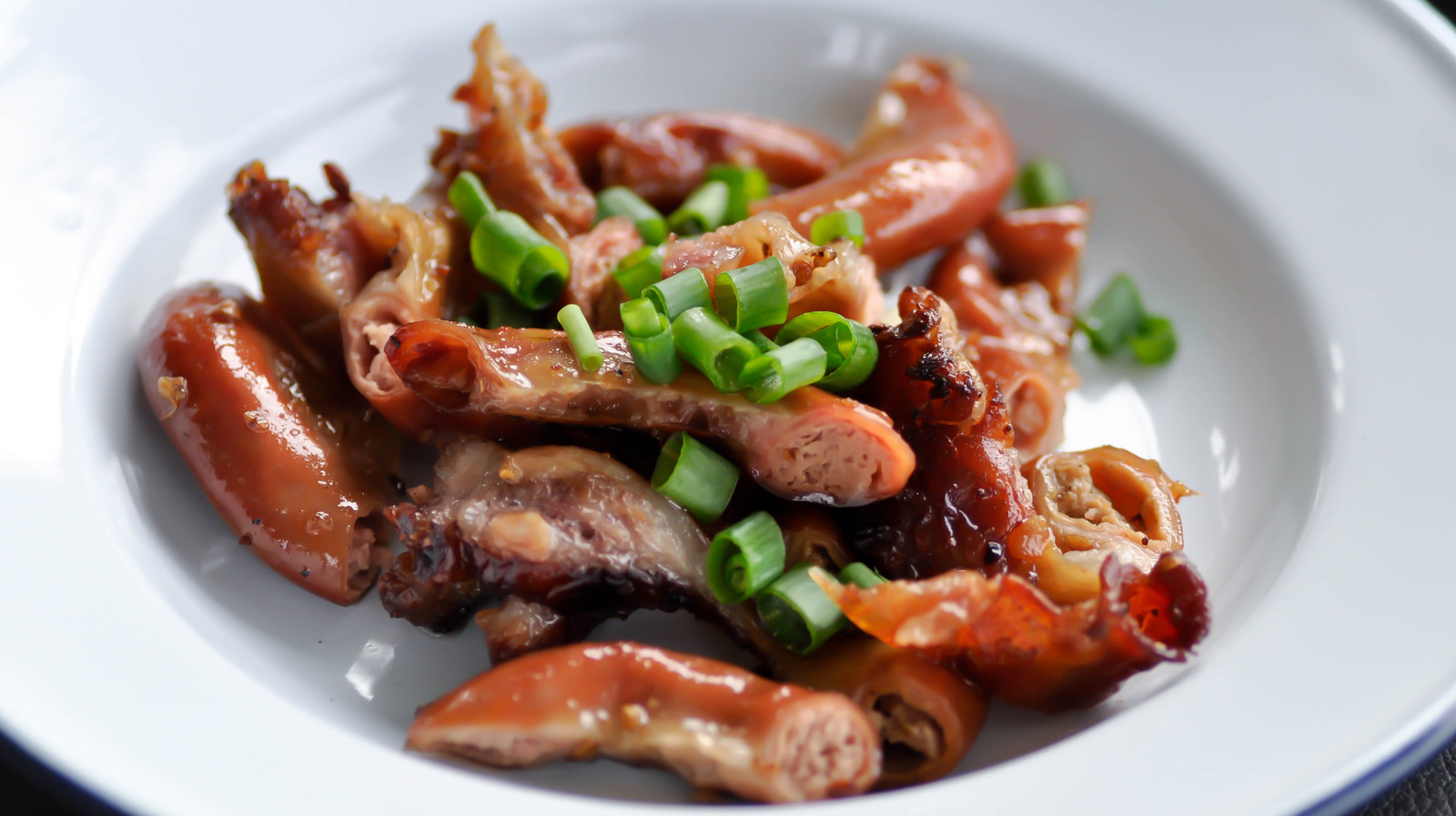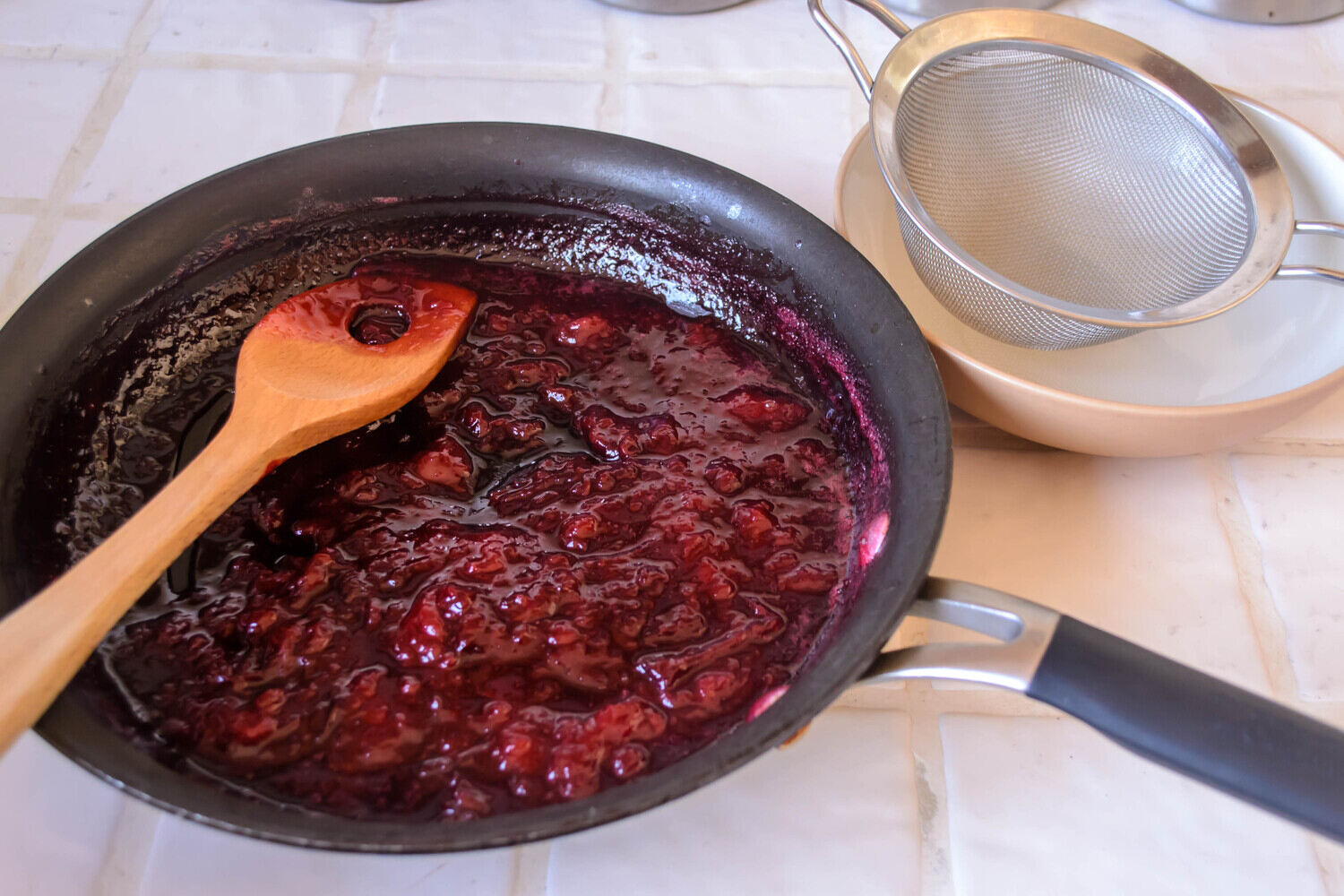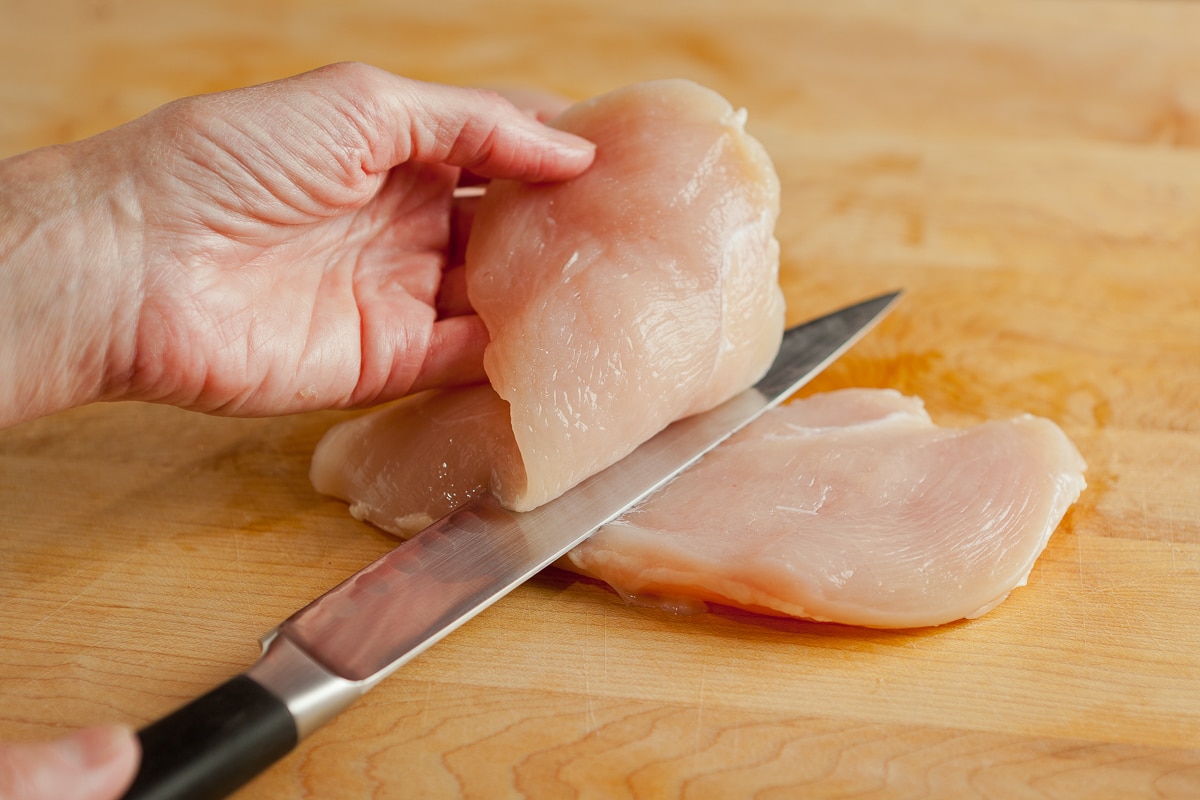The Science of Baking Bread (and How to Do It Right)
Have you ever wondered why some loaves of bread turn out perfectly light and fluffy, while others end up dense and heavy? The secret lies in the science of bread baking. Understanding the underlying principles can help you achieve that coveted golden crust and tender crumb every time you bake. In this article, we will explore the fascinating science behind baking bread and share some tips on how to master the process.
The Role of Ingredients
When it comes to baking bread, the ingredients play a crucial role in determining the final outcome. Let’s take a closer look at the key players:
- Flour: Flour provides the structure of the bread. It contains proteins, like gluten, which develop during kneading and give the dough its elasticity and strength.
- Water: Water is vital for activating the gluten in the flour. It also helps dissolve other ingredients and facilitates the formation of steam during baking, leading to a lighter texture.
- Yeast: Yeast is responsible for leavening the bread. It feeds on the sugars in the dough and produces carbon dioxide gas, which gets trapped in the gluten network and makes the bread rise.
- Salt: While salt adds flavor to the bread, it also controls the fermentation process and helps regulate the activity of the yeast.
The Fermentation Process
During fermentation, the yeast converts the sugars in the dough into carbon dioxide gas and ethanol through a process called alcoholic fermentation. This gas gets trapped in the gluten matrix, causing the dough to rise. It is essential to give the dough enough time to ferment properly, as this allows for the development of complex flavors and improves the texture of the bread.
Tip: To enhance the fermentation process, try using a preferment or a sourdough starter. These contain natural yeasts and bacteria that add depth to the flavor profile of the bread.
Kneading and Gluten Development
Kneading the dough is an essential step in bread baking. It not only mixes the ingredients but also encourages gluten development. Gluten is formed when proteins in the flour, specifically gliadin and glutenin, combine and create a stretchy network. This network traps the gas produced by the yeast and gives the bread its structure.
Tip: To achieve the desired gluten development, knead the dough for at least 10-15 minutes. You can test the gluten formation by performing the windowpane test – gently stretch a small portion of the dough, and if it forms a thin, translucent membrane without tearing, it is properly developed.
The Role of Oven Spring
Once the bread is shaped and placed in the oven, the heat causes rapid expansion of the trapped gas within the dough. This phenomenon is known as oven spring. The high temperatures also set the structure of the bread and give it its final texture and crust.
Tip: To achieve a beautiful crust and maximize oven spring, preheat the oven at a high temperature and create steam during the first few minutes of baking. This can be done by placing a tray of hot water in the oven or spraying the dough with water.
Conclusion
Baking bread is truly a blend of science and art. By understanding the science behind bread baking, you can confidently experiment with different ingredients and techniques to achieve outstanding results. Remember to pay attention to ingredients, allow for proper fermentation, develop gluten through kneading, and optimize oven spring for the perfect loaf. With practice and patience, you’ll become a master baker in no time.
Was this page helpful?
Read Next: Baking Guides: How To Make Mini Pies
